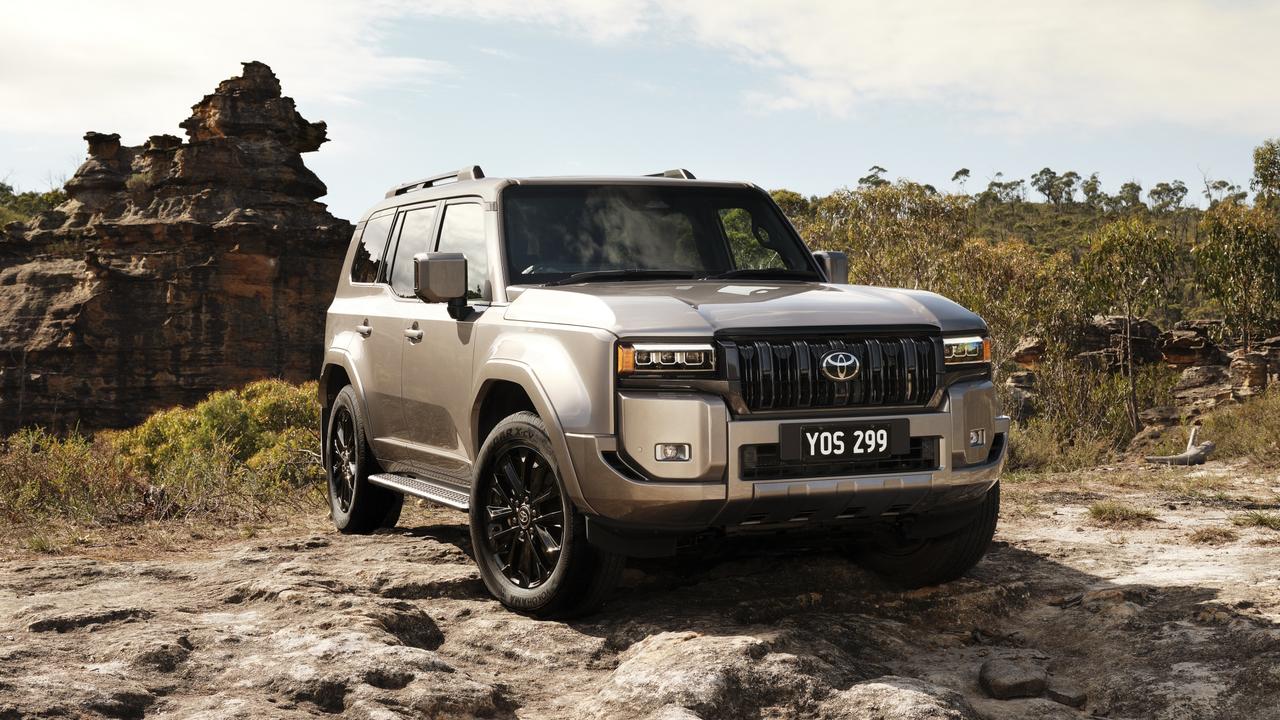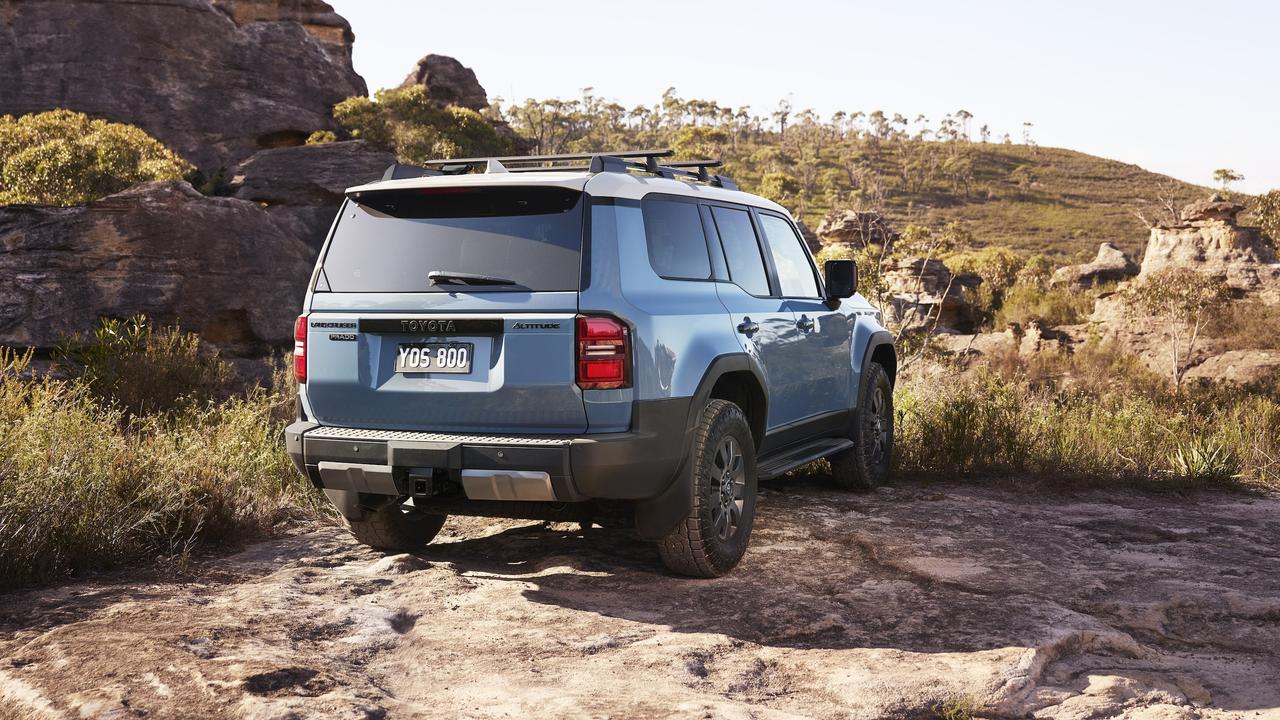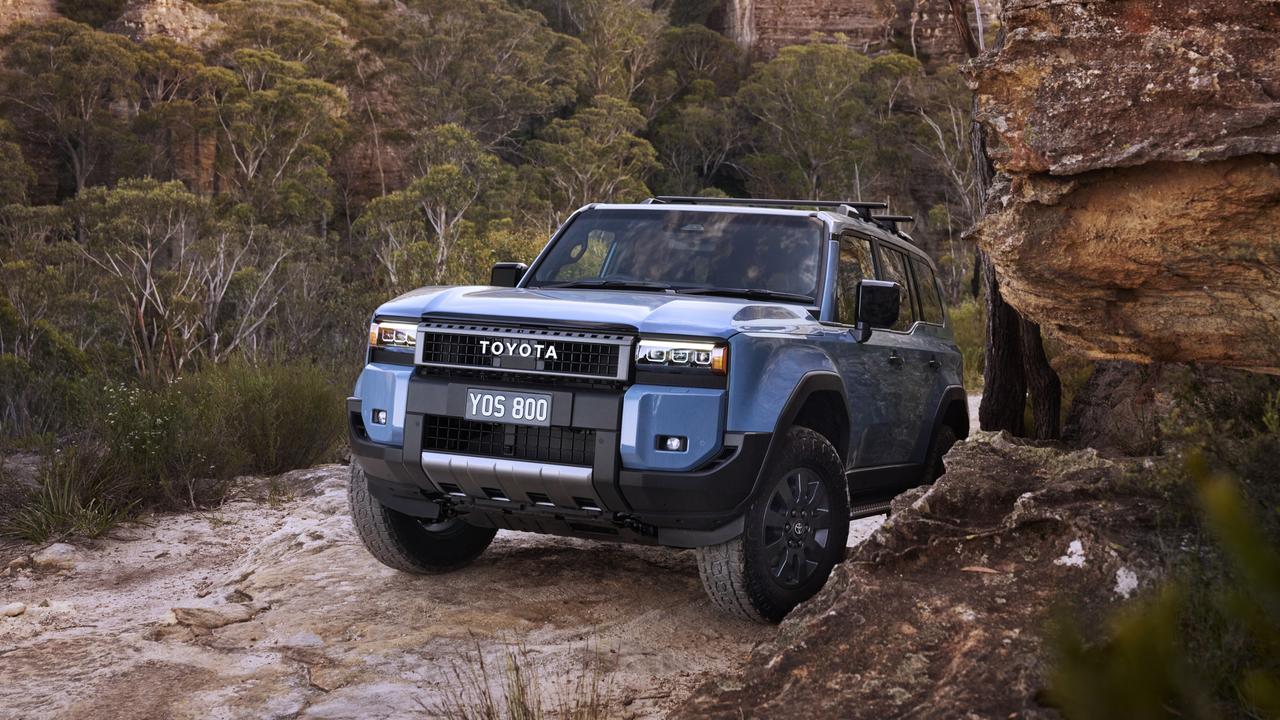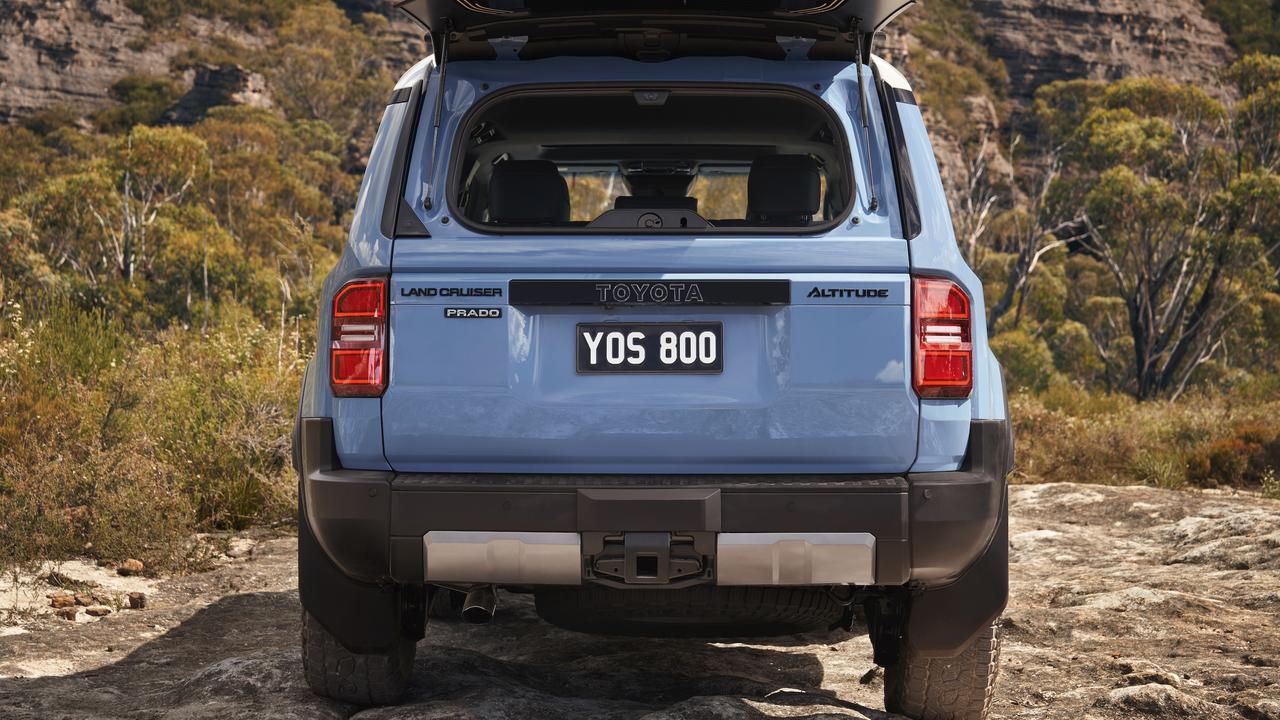Toyota Prado wait list prompts changes
Thousands of Aussies have put down cash for this hotly-anticipated model, prompting a shift in the way this brand works.
The new Toyota Prado has Aussies queuing to own it – prompting Toyota to dramatically change the way its dealers take orders.
Some 17,000 people have placed deposits on the latest iteration of the large SUV set to smash sales records as it looks to regain the top-selling spot following its delayed arrival.

MORE: Mitsubishi Pajero Sport reviewed
Unprecedented demand for the car priced from about $78,000 drive-away has prompted Toyota to change the way dealers order cars, with a view to improving transparency rather than have angry buyers wondering when their new car may arrive, as happened with LandCruisers and RAV4s during Covid.
Some dealers are already quoting 12-month wait times on the new large SUV that was extensively tested and developed in Australia and shares its architecture with the larger LandCruiser 300-Series.
It also reduces the likelihood of price gouging by dealers.

MORE: Aussies stunned by huge shipment of new Toyota Prados
Toyota Australia’s sales and marketing vice president, Sean Hanley, says the Prado is the first car to utilise a new dealer ordering system. With almost 27,000 new Prados expected in Australia in 2025 – a number that would blitz the previous record 21,299 Prados sold in 2021 – the company is keen to avoid a customer revolt.
“Each month we are advising each of our Toyota dealers of exactly how many cars they will receive for the following 12 months,” said Hanley.
“Should a dealer reach their rolling 12 month allocation in any given month … they will not be able to place another order in our system until further allocation is confirmed.”
He says it’s all about transparency and accuracy relating to wait times, something the brand struggled to control over the past few years as some dealers took advantage of stock shortages and booming demand.

MORE: Toyota LandCruiser 70 Series review
“The dealer will be in a far better position to be able to give the customer a more exacting delivery time that the way we previously did it.”
The Prado replaces a model that has not had a major update since 2009.
It follows a familiar formula of fitting a truck-like ladder frame architecture with a comfortable tech-laden cabin that seats up to seven.
However, engineers have stepped up the off-road nous, even leaving larger panel gaps in some parts of the body to allow for movement over big hits and bumps.
While the Kakadu model still tops the range – at about $108,000 – there is also a new off-road-focused Altitude model designed to step up the rough road capability.

And Toyota has a strong indigenous connection with two new colours, Tanami (a mustard-like yellow) and Ningaloo (a vibrant blue), each named after famous outback locations.
The fourth generation Prado utilises a carryover 2.8-litre four-cylinder turbo diesel engine but adds a 48V electrical assist system designed to reduce fuel use around town. Despite a bigger body claimed average fuel consumption of 7.6 litres per 100km is 4 per cent better than the old car.
Rather than evolutionary styling of generic Toyota four-wheel drives the company has leveraged its heritage with a retro boxiness that borrows themes from previous LandCruisers, including the 40-Series, 60-Series and 80-Series.
More Coverage
The Prado also introduces a lot of firsts for the brand. It’s the company’s first off-roader to drop hydraulic power steering for more efficient electric steering now common across the market.
It’s also the first Toyota fitted standard with tyre pressure sensors, something many small hatchbacks and city SUVs have but something the Japanese giant has so far resisted on its hard core off-roaders.
And it’s available with ventilated and heated seats, a panoramic sunroof and 14-speaker JBL sound system.





